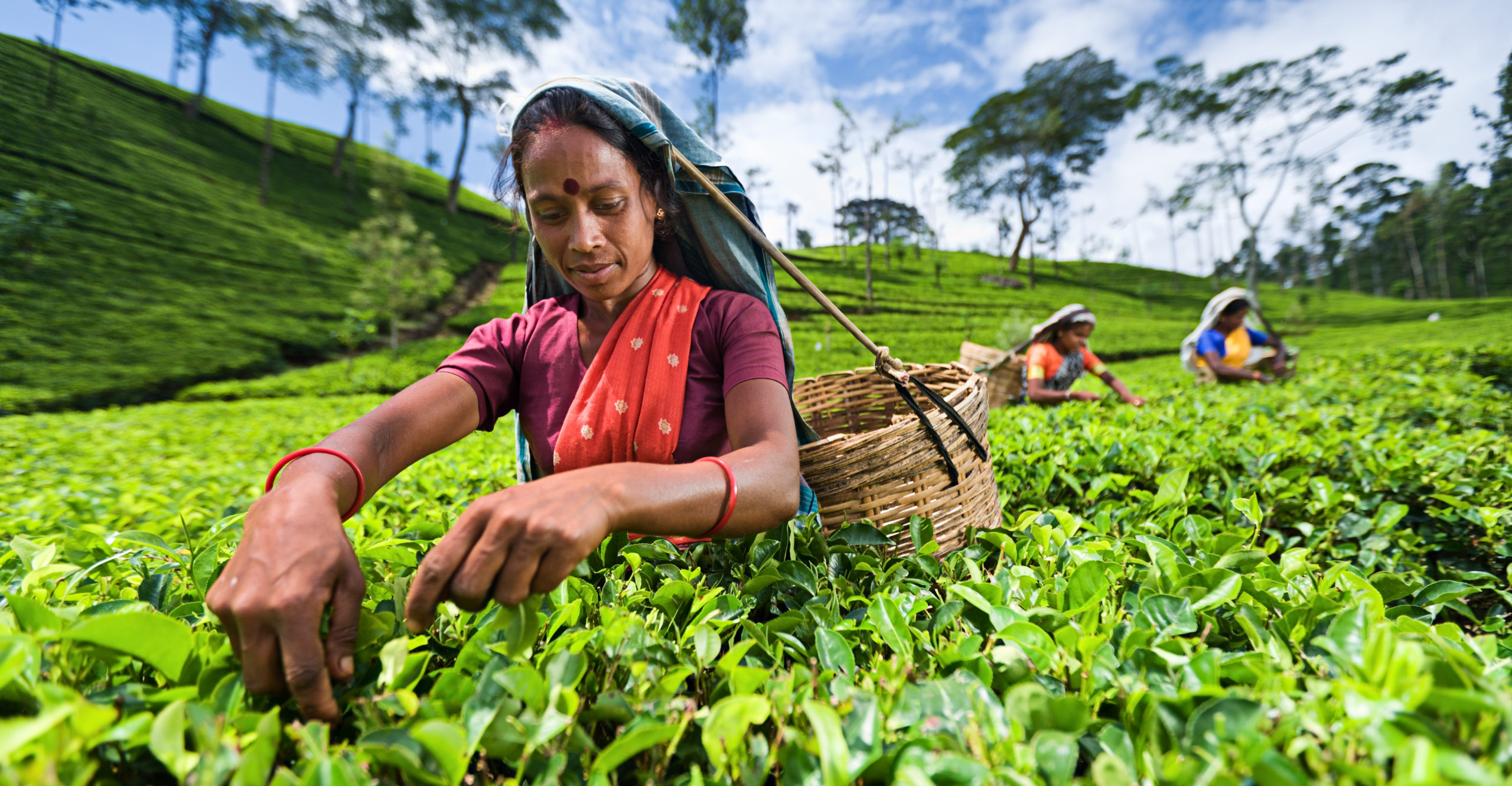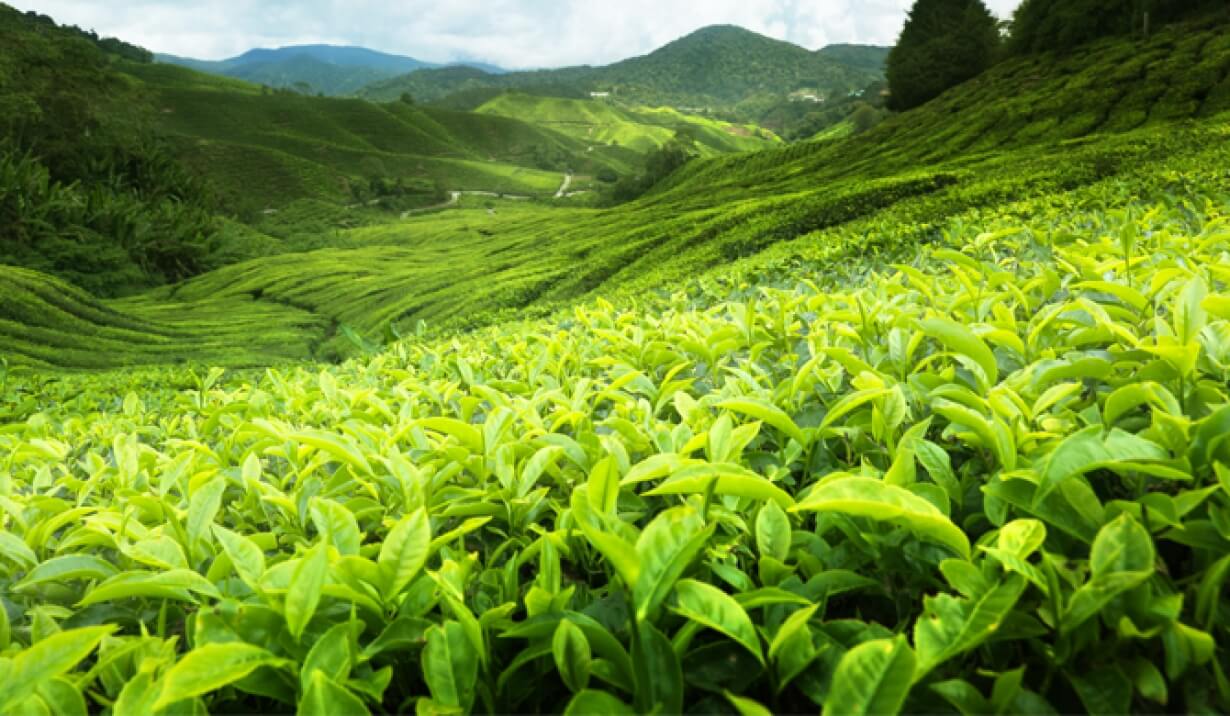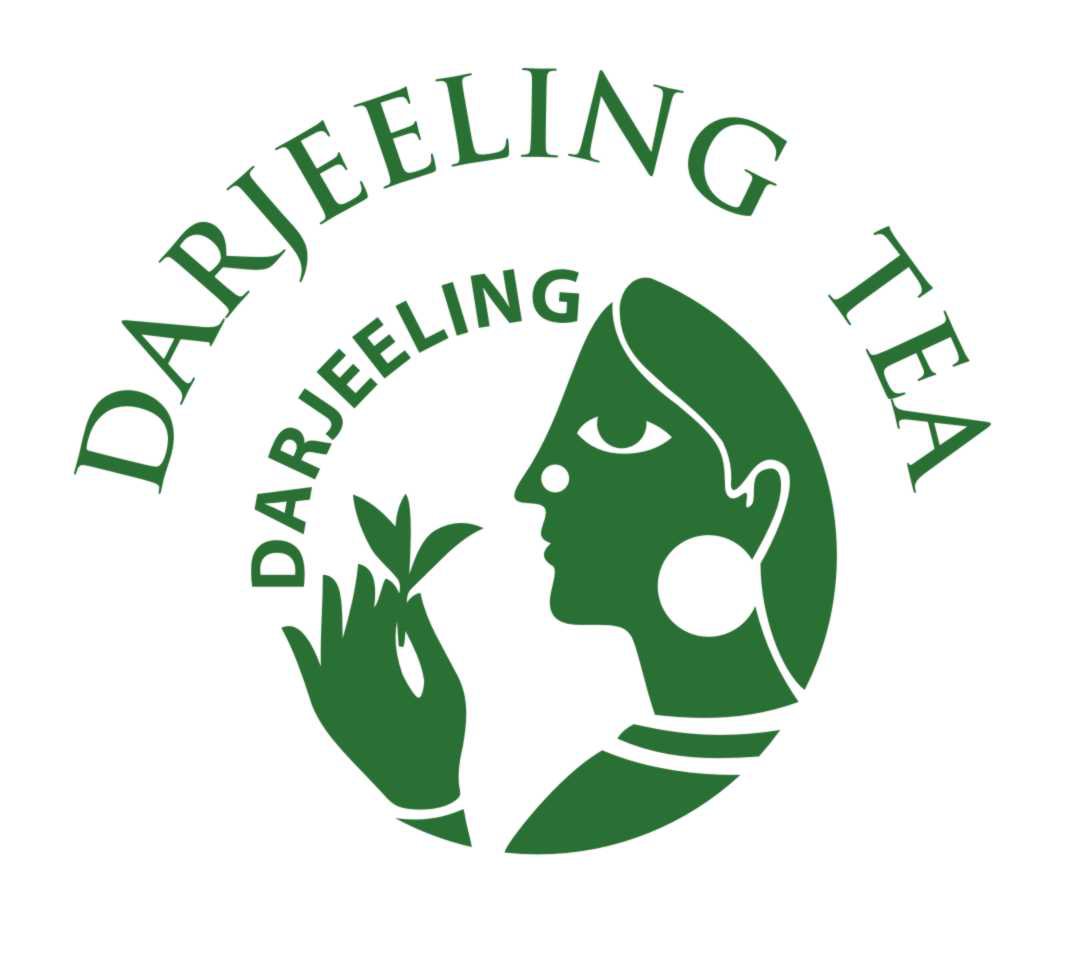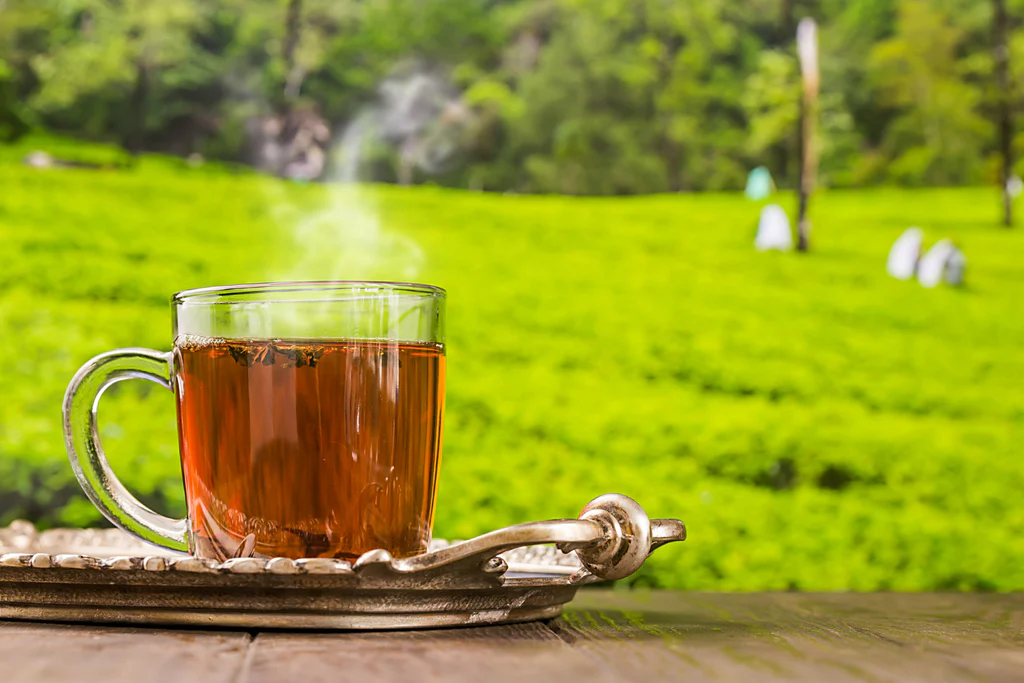When it comes to tea, two names dominate the conversation: India and Sri Lanka. These nations have built their global reputation through dedication to flavor, quality, and innovation. From India’s bold Assam and Darjeeling varieties to Sri Lanka’s refined Ceylon teas, each offers a distinct story steeped in tradition.
𝘛𝘩𝘦 𝘳𝘦𝘢𝘴𝘰𝘯𝘴 𝘣𝘦𝘩𝘪𝘯𝘥 𝘵𝘩𝘦 𝘶𝘯𝘳𝘦𝘭𝘦𝘯𝘵𝘪𝘯𝘨 𝘤𝘰𝘮𝘱𝘦𝘵𝘪𝘵𝘪𝘰𝘯:
𝗥𝗲𝗴𝗶𝗼𝗻𝗮𝗹 𝗖𝗵𝗮𝗹𝗹𝗲𝗻𝗴𝗲𝘀
Limited resources and erratic weather have tested both regions’ ability to maintain production. Rising global temperatures and irregular rainfall threaten not only yields but also the distinct flavors that make these teas famous.
𝗘𝘅𝗰𝗲𝗹𝗹𝗲𝗻𝗰𝗲 𝗗𝗲𝗳𝗶𝗻𝗲𝗱
Satisfying a growing global thirst for tea while preserving traditional cultivation methods is a balancing act. This struggle highlights a critical reality: quality must remain the priority. Any compromise creates an opening for emerging producers to claim market share.
𝗔 𝗖𝗵𝗮𝗻𝗴𝗶𝗻𝗴 𝗟𝗮𝗻𝗱𝘀𝗰𝗮𝗽𝗲
With climate change accelerating and competition growing, the future of tea depends on resilient, eco-friendly innovations. Both nations face the challenge of honoring their legacies while adapting to a fast-changing world.






